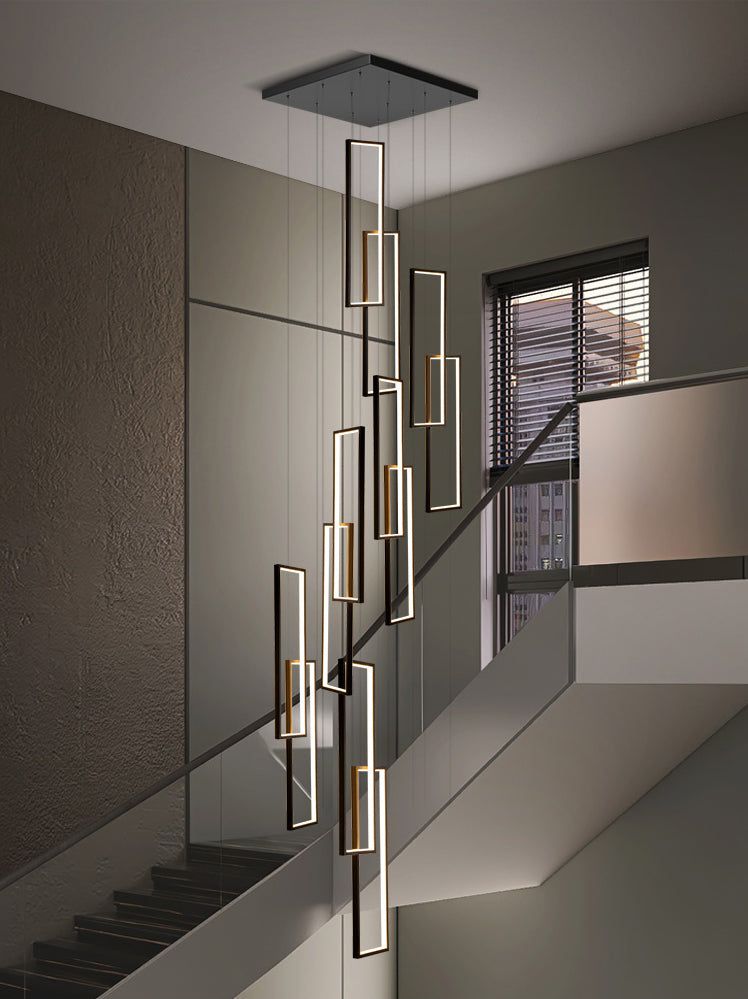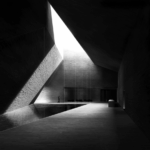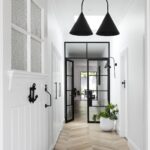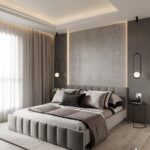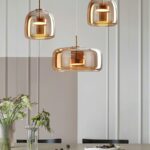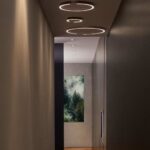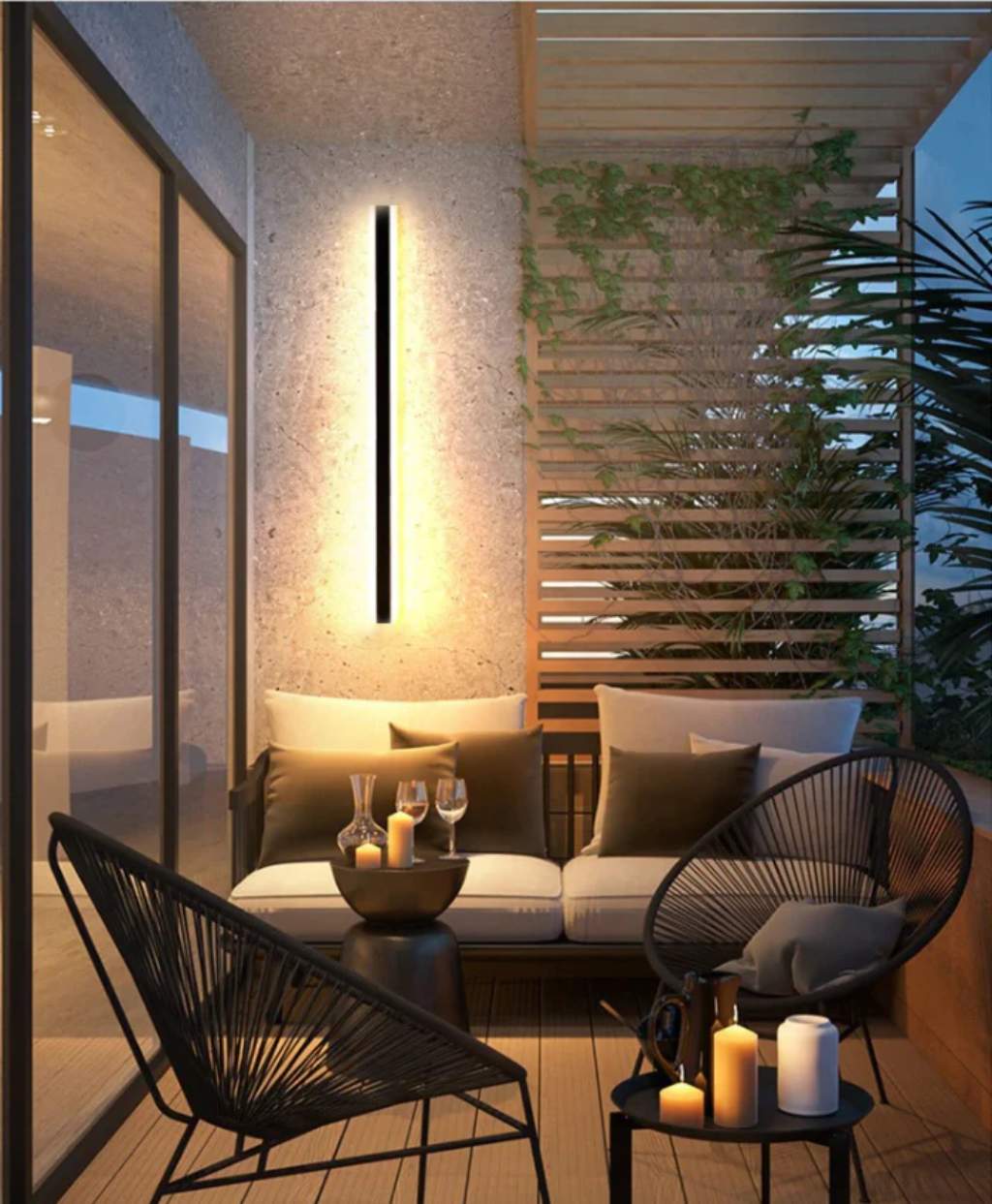
House lighting is an essential component of interior design and can greatly affect the overall feel and functionality of a space. Perfect house lighting involves a combination of natural and artificial light sources that work together to create a well-lit, inviting atmosphere. Natural light is key in illuminating a space and providing a sense of openness. Large windows, skylights, and light-colored walls can help maximize the amount of natural light that enters a room. When natural light is not sufficient, artificial lighting should be strategically placed to provide additional illumination. Task lighting, such as reading lamps and under-cabinet lighting, is important for performing specific activities. Ambient lighting, such as overhead fixtures and wall sconces, can help set the mood and create a warm, inviting environment. Accent lighting, like spotlights and track lighting, can highlight architectural features or artwork. Additionally, dimmer switches can be used to adjust the intensity of the light to suit different occasions and moods. Overall, perfect house lighting combines different types of lighting to create a functional, aesthetically pleasing living space.
The perfect house lighting is crucial for creating an inviting and comfortable atmosphere in your home. It plays a significant role in setting the mood, highlighting important features, and enhancing the overall aesthetic appeal of your living space. With the right lighting design, you can transform any room into a cozy retreat or a vibrant entertaining space.
One of the key factors to consider when designing the perfect house lighting is the type of lighting fixture to use. There are various options available, including ceiling lights, wall sconces, floor lamps, and table lamps. Each type of fixture serves a different purpose and can be used to create a specific ambiance in your home. For example, pendant lights hung over a dining table can provide task lighting for eating, while recessed lighting can be used to enhance the overall brightness of a room.
In addition to the type of lighting fixture, it is important to consider the color temperature of the bulbs you are using. Warm white light (2700-3000K) is ideal for creating a cozy and inviting atmosphere in living rooms or bedrooms, while cool white light (4000-5000K) is better suited for task lighting in kitchens or home offices. By carefully selecting the right color temperature for each room in your home, you can create a harmonious and visually appealing lighting design that complements your décor. Ultimately, the perfect house lighting is a combination of the right fixtures, bulbs, and placement to create an inviting and comfortable atmosphere for you and your family to enjoy.
 Decor ideas Style Starts Here
Decor ideas Style Starts Here
